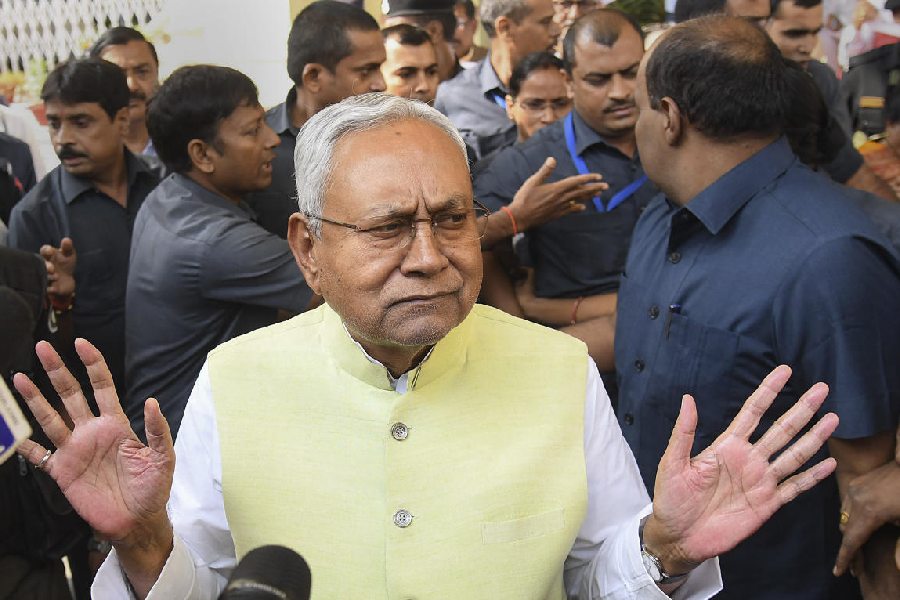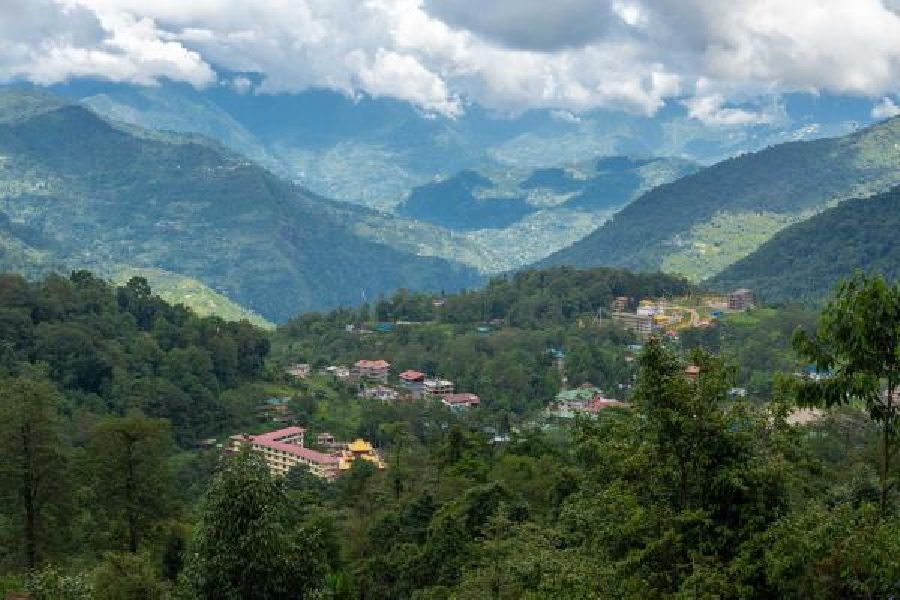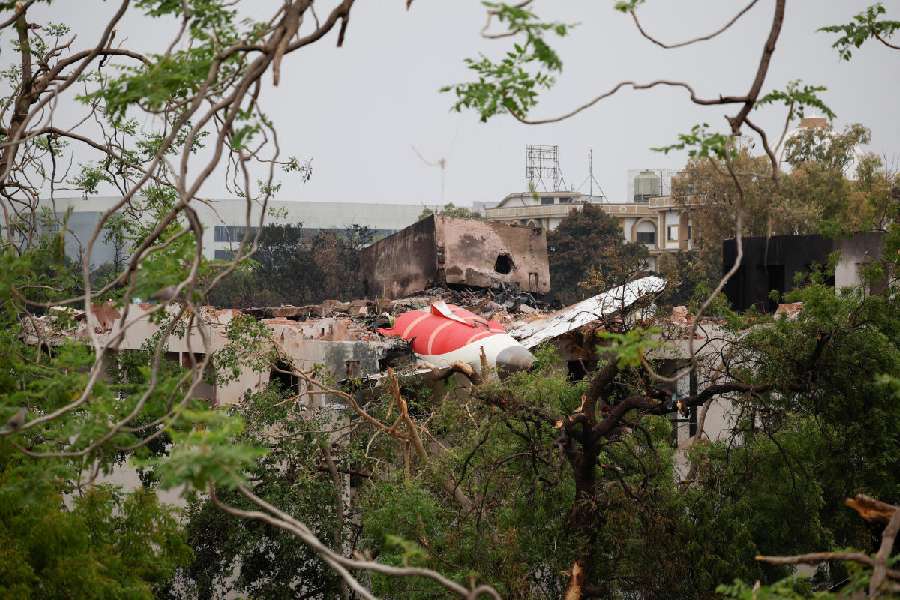.jpg)
July 27: Senior officials of the Damodar Valley Corporation today said the chief minister's advice to carry out de-siltation at four of the central utility's dams in Bengal was "not feasible" both financially and technically.
"De-siltation is hardly carried out in dams across the world because of the huge cost involved and technical obstacles. It is not feasible. It is easier to undertake de-siltation in barrages through which the water released from the dams pass," a senior DVC official said.
Incessant rain and water released from four DVC dams - Panchet, Maithan, Konar and Tilaiya - have created a flood-like situation in 12 south Bengal districts, where 16 people have died and over 20 lakh marooned so far.
Like in the past few days, today, too, the chief minister demanded that the Centre ask the DVC to ensure de-silting in its dams.
"There are several barrages under DVC which should have been cleared and dredged. They are filled with silt. Had that been done, the water storage capacity would have increased by 2 lakh cusecs," Mamata Banerjee said during a recee of the flood-like situation in Howrah.
Senior government officials pointed out that the chief minister was, in all probability, referring to dams and not "barrages" of the DVC in Bengal because the central utility has only one barrage in the state.
Dams are artificial barriers across a flowing river or any other natural water body that are meant to obstruct, direct, or slow down the flow of water, thus creating a reservoir. A barrage is an artificial obstruction at the mouth of a river that is used to control the flow of water released from dams for the purpose of irrigation and drinking water facilities, explained an irrigation department official.
The flood-like situation in Bengal came up in Parliament, too.
Holding the Centre responsible for the situation, Trinamul MP Saugata Roy said in the House: "Until the dams of the DVC are cleared of silt, the problem will persist.... We have repeatedly urged the Centre to do something in this regard but nothing has been done so far."
The chief minister has repeatedly stressed the need for de-silting in the dams, saying the DVC has lost much of its capacity to hold water because of it.
A DVC official today explained why de-siltation is not possible in the dams.
"A dam needs to be dried up before the monsoon for a de-siltation programme. But that cannot be done for two reasons. First, if the rain is scanty, there will be scarcity of drinking water and water required for irrigation. Second, it will take years to fill the water-level in the dams, which would affect the irrigation in the lower areas," the official said.
The official said de-siltation in the dams also involved huge cost.
"This is the reason few dams are de-silted world-wide. But it is easier to undertake de-siltation in the barrages through which water released from dams pass," he added.
Sources in the irrigation department agreed that heavy siltation at the Durgapur barrage had lowered its capacity to hold more water released from the dams.
"The original water-holding capacity of the Durgapur barrage has come down to 1 lakh cusecs from 2.5 lakh cusecs when it was constructed in 1964. The barrage's original depth is 39 feet, but it has been reduced by at least 9 feet because of siltation", an engineer at the barrage said.

.jpg)









